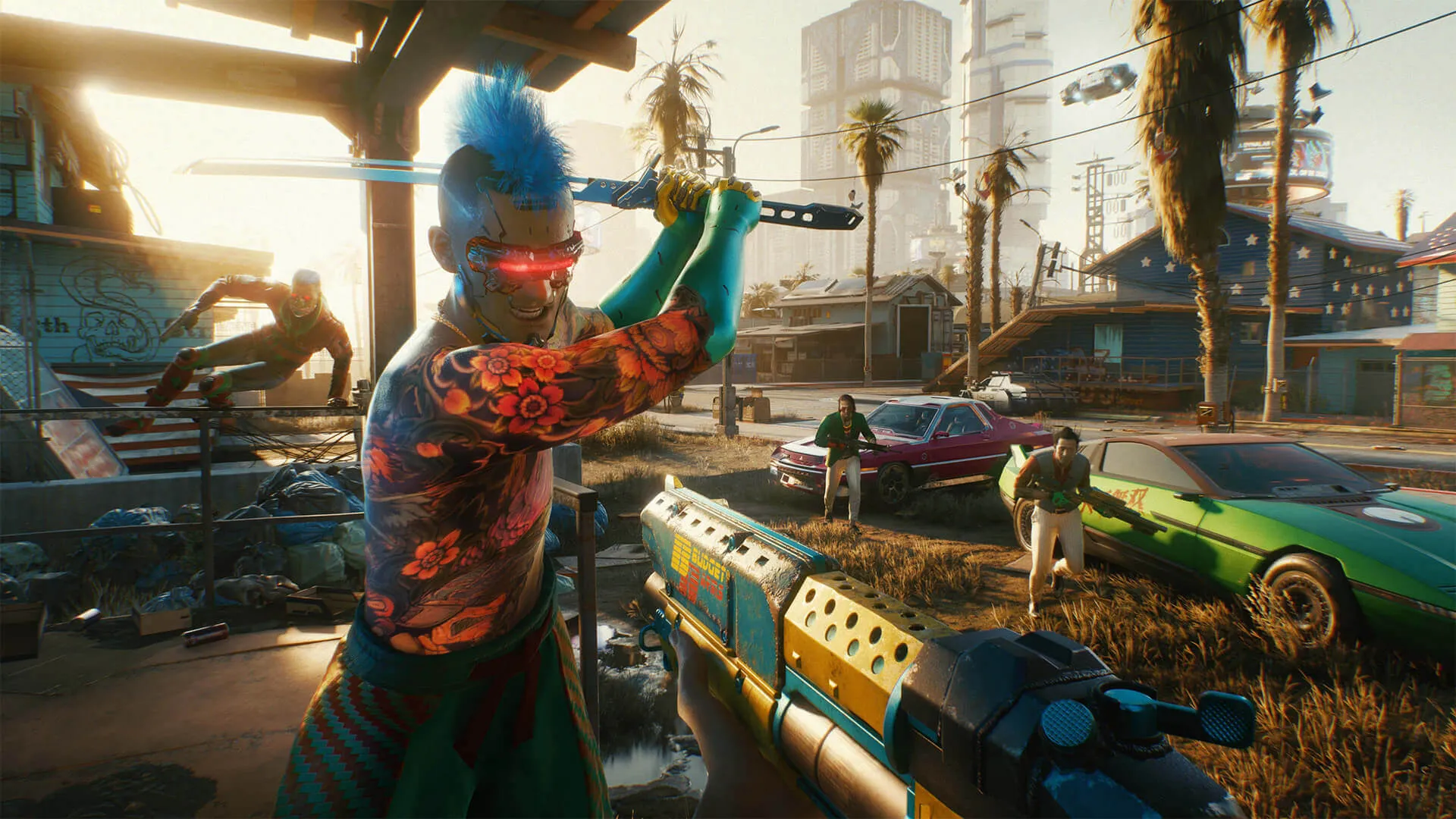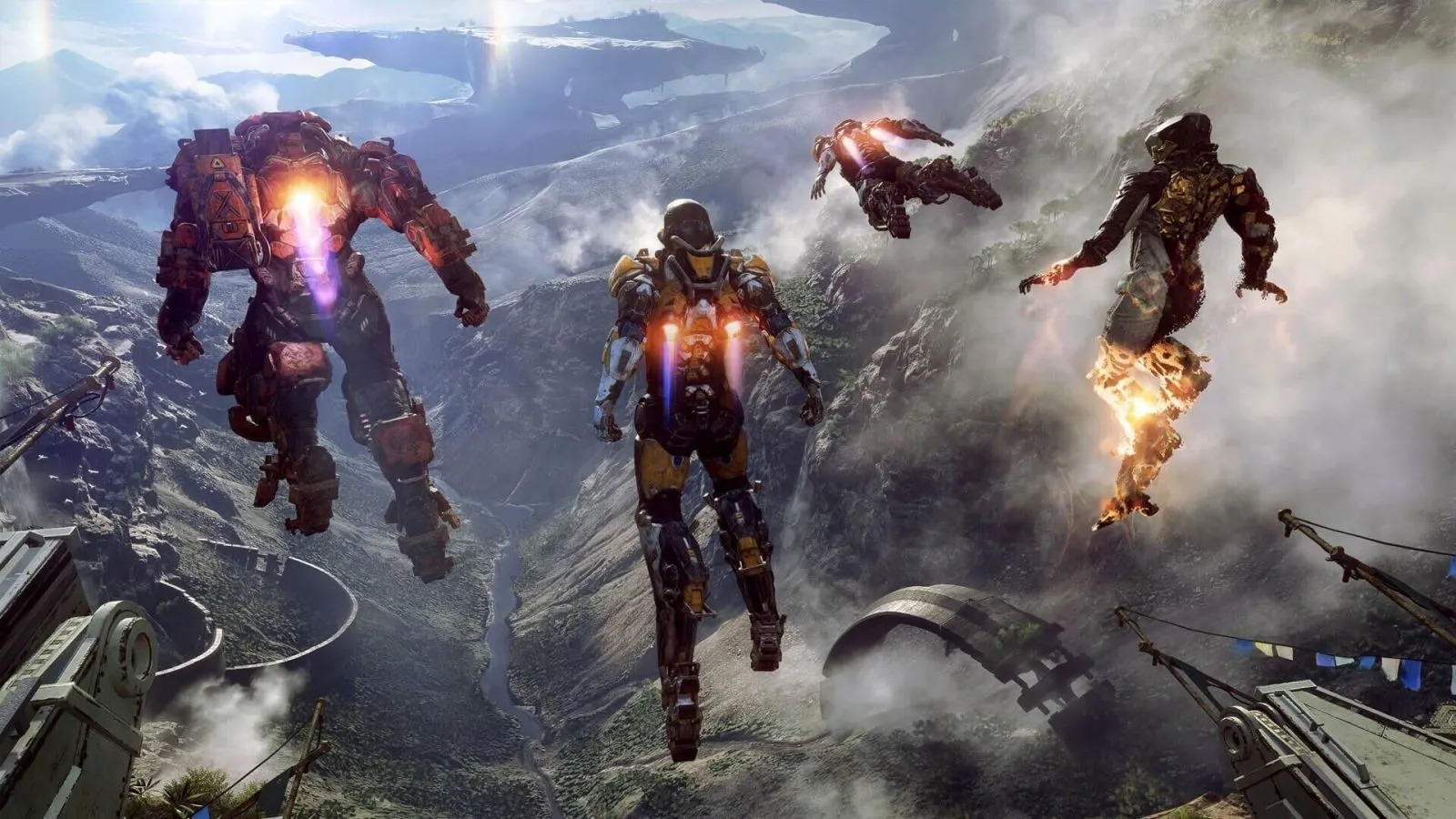In an era where visual fidelity can make or break a game, the costs associated with producing AAA titles with top-tier graphics are proving to be a challenge too significant for many studios to bear. This trend is highlighted by the recent release of “Avatar: Frontiers of Pandora,” a game that, despite its stunning visuals and decent player reception, saw disappointing sales figures. The gaming community is at a crossroads, facing the harsh realities of high production costs and the changing preferences of gamers.

The Diminishing Returns of Live Service Games
Industry experts and insiders have increasingly voiced concerns over the spiraling expenses required to create visually spectacular games. Speaking to The New York Times, various figures from the gaming world shed light on the difficulties faced by AAA studios. They highlighted not only the financial strain but also the human cost, noting significant layoffs across the industry in recent years. This situation is exacerbated by the underperformance of several high-fidelity games in a market where graphics are not the sole determinant of success.
Former Square Enix executive Jacob Navok pointed out the disparity in audience preferences, noting that while some older gamers appreciate high-end graphics, younger players are more drawn to accessible titles like “Minecraft,” “Roblox,” and “Fortnite,” which do not require cutting-edge hardware.
The Diminishing Returns of Live Service Games
Live service games have been a strategy for studios to generate continuous revenue through ongoing content updates and in-game purchases. However, the market for such games has matured, making it a risky investment. Titles like Sony’s “Concord” and Warner Bros. Discovery’s “Suicide Squad: Kill The Justice League” have failed to meet expectations, suggesting that even this once-reliable model may be falling out of favor among consumers, particularly those who criticize the “greedy” business models associated with many live service games.

Rethinking Game Development
As studios grapple with these challenges, some voices in the industry advocate for a shift in how games are made. Rami Ismail, co-founder of Vlambeer, emphasizes the potential of scaling back on graphics and production timelines to create more sustainable development practices. He questions the current trajectory of the gaming industry, suggesting that without significant changes, the sector may continue to struggle.
Ismail’s remarks resonate with a growing sentiment within the industry that seeks a balance between graphical fidelity and gameplay quality. His call for games that are “shorter…with worse graphics made with people who are paid well to work less” reflects a broader desire for a more equitable and sustainable approach to game development.
The Future of Gaming: A Call for Change
The gaming industry stands at a precipice, facing decisions that could reshape its future. Will studios continue to pursue ever-more impressive graphics at great cost, or will they heed the warnings of industry veterans and adjust their strategies to focus on sustainability and player satisfaction? As developers and executives navigate these challenges, the outcomes of their choices will likely influence not just the future of game design but also the viability of the industry as a whole.

In conclusion, while the allure of breathtaking visuals remains potent, the gaming industry must consider whether the pursuit of such advancements is sustainable in the long run. With shifting player preferences and financial realities, a new approach may be necessary to ensure the health and longevity of the gaming world.










